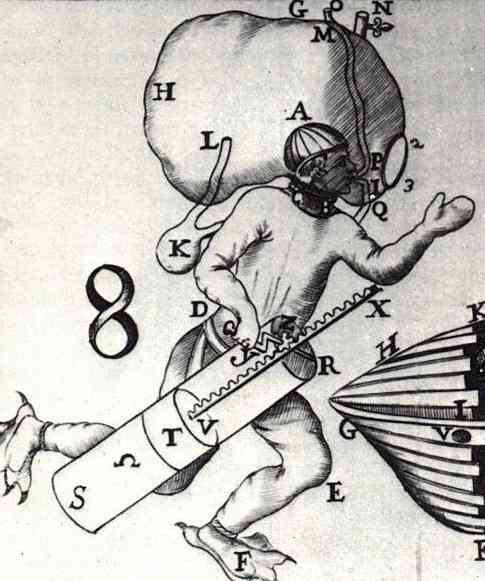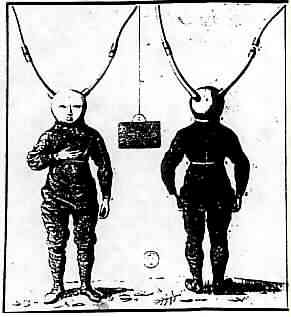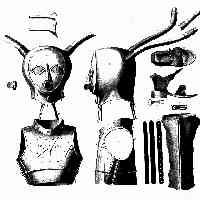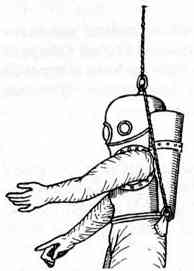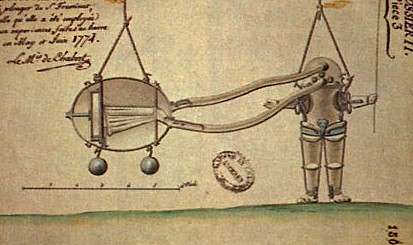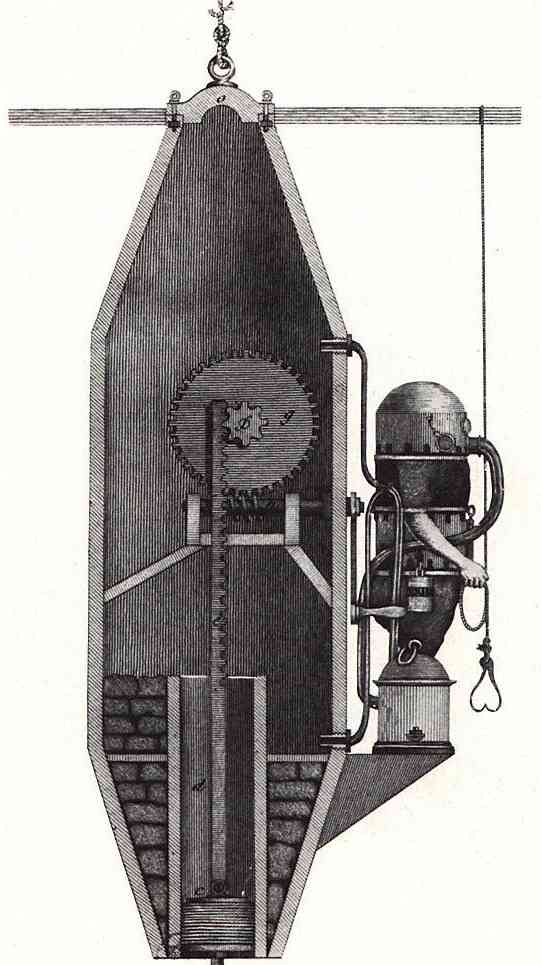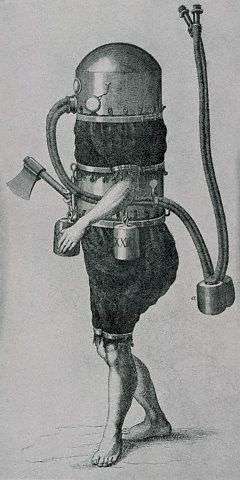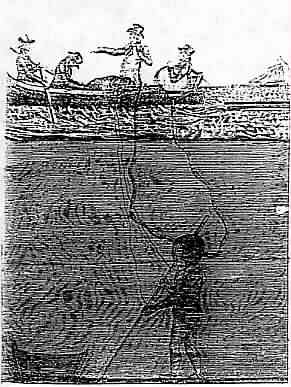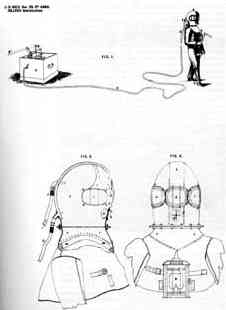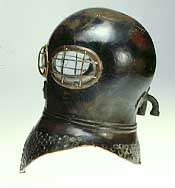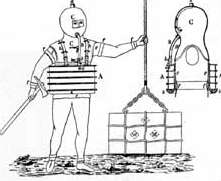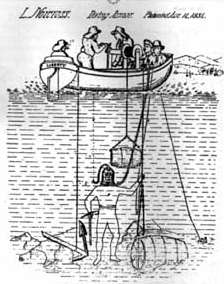Poor Charles Condert! He was, very
likely, the world’s first successful SCUBA diver, but is completely ignored by
history.
Some claim Klingert was first, but
while Klingert (actually, his hired diver, F.W. Joachim) made a successful
surface support dive in June of 1798, his design for autonomous underwater gear
almost certainly never got wet.
Others claim James was first, based
solely on his 1825 patent for two versions of autonomous underwater gear. But,
again, there is no evidence that James’ rig was actually built or tested.
In the early 1800s many patents,
especially from England and the United States, were reported and reviewed in
popular engineering journals circulating on both sides of the pond. These
journals were the Popular Mechanix and Popular Science of their
day, reporting on fantastical new technology with the same "gee whiz"
bent, and often publishing engravings that were illustrator’s fantasy, not
eye-witness renderings. But these journals were unquestionably the source of
many inventors’ inspiration and contributed to the similarity of ideas and
methods springing nearly simultaneously in America and Europe.
The James patent was reviewed in one of
these, the Journal of the Franklin Institute, in 1828. Shortly after, Brooklyn
machinist Charles Condert fabricated a SCUBA tank from four feet of six inch
copper tubing. The tank was bent into a semi-circle and worn around the small of
the back, projecting to the sides, suspended by a harness over the shoulders.
Condert made his compressor from a gun barrel and pumped into the tank, "as
much air as he supposed would be required for the time he intended to remain
under water." Fifteen cubic feet would be a reasonable guess. From a small
hand-operated valve at the tank, a tube ran under the hip-length rubberized
fabric tunic and up into the attached hood, made of the same material. Condert
is reported to have considered an exhaust valve, but found that a tiny hole in
the crown of the hood served quite well.
| The displacement
of his tank was about 50 pounds of water, and the displacement of his
dress must have been considerably more as he carried 200 pounds of weight
attached to the tank. The drawing reproduced here is from an 1835 letter
from "T.E." to the Committee on Publications of the Journal of
the Franklin Institute, and is probably not accurate. At the very least,
it omits the 200 pounds of weight that Condert carried.
Condert made several dives
with this gear in the East River, descending on a shot line to about
twenty feet. On his last dive, in August of 1832, Charles Condert died,
becoming the first documented SCUBA fatality. When Condert’s body was
pulled to the surface, it was noted that the breathing tube had broken,
and this is the usual cause given for his demise. But from 20 feet, he
could have easily ascended the shot line with the air remaining in his
voluminous dress, thus the broken breathing tube explanation makes little
sense. Given the extreme weight carried, concentrated around the hips, and
the open waist of his dress, it is far more likely that a fall flooded the
dress and the air tube was broken in the fall or the subsequent fatal
struggle.
Condert’s remains little more
than a footnote in diving history. His rig was never patented, though it
was used on many occasions. He is the earliest documented (so far)
successful, practical, SCUBA diver in America and, I contend, in the
world.
Adapted from 'SCUBA, the
First Two Hundred Years', copyright O. Michael Gray, used with permission.
|
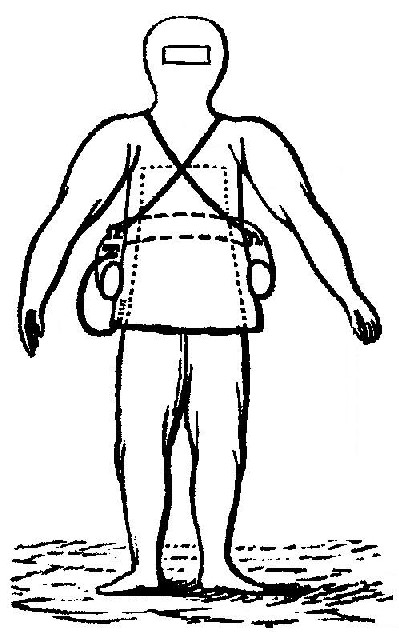
|
